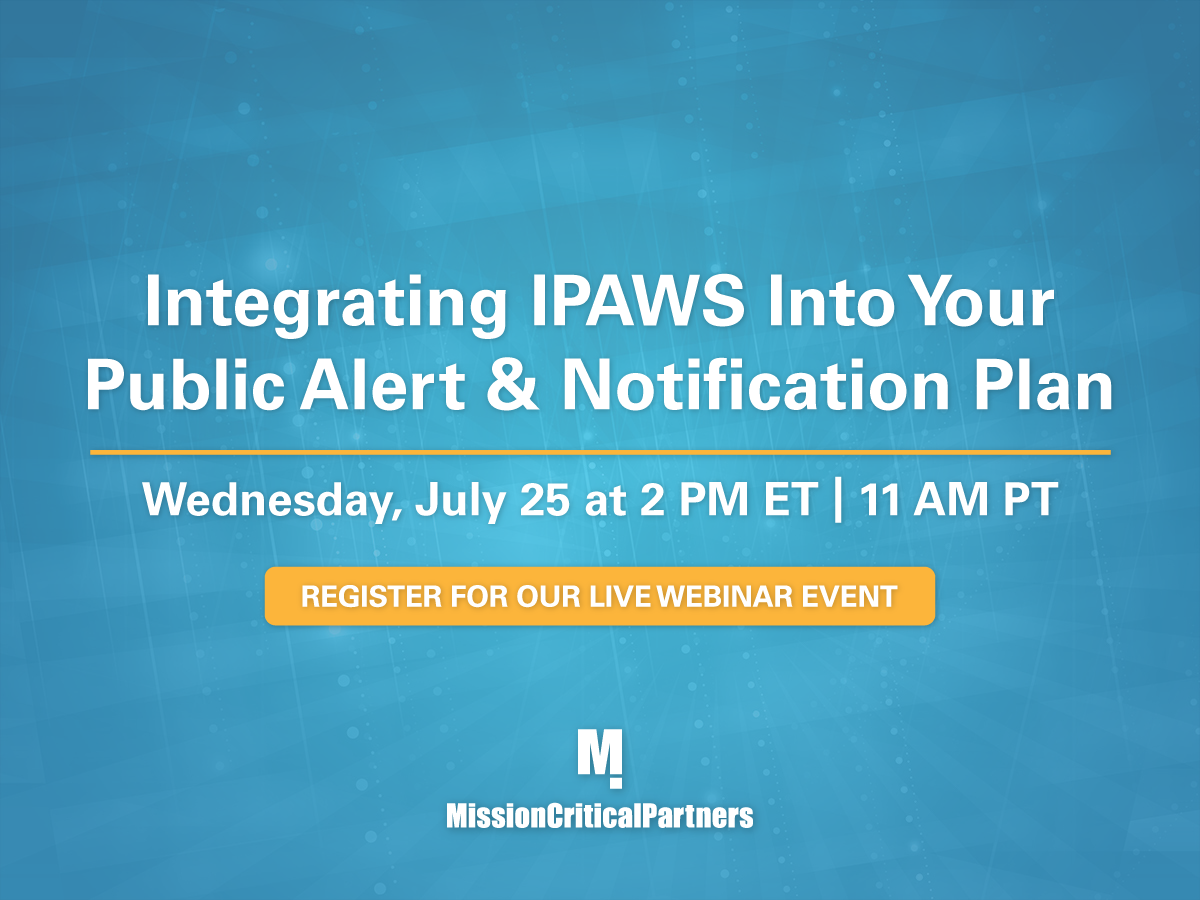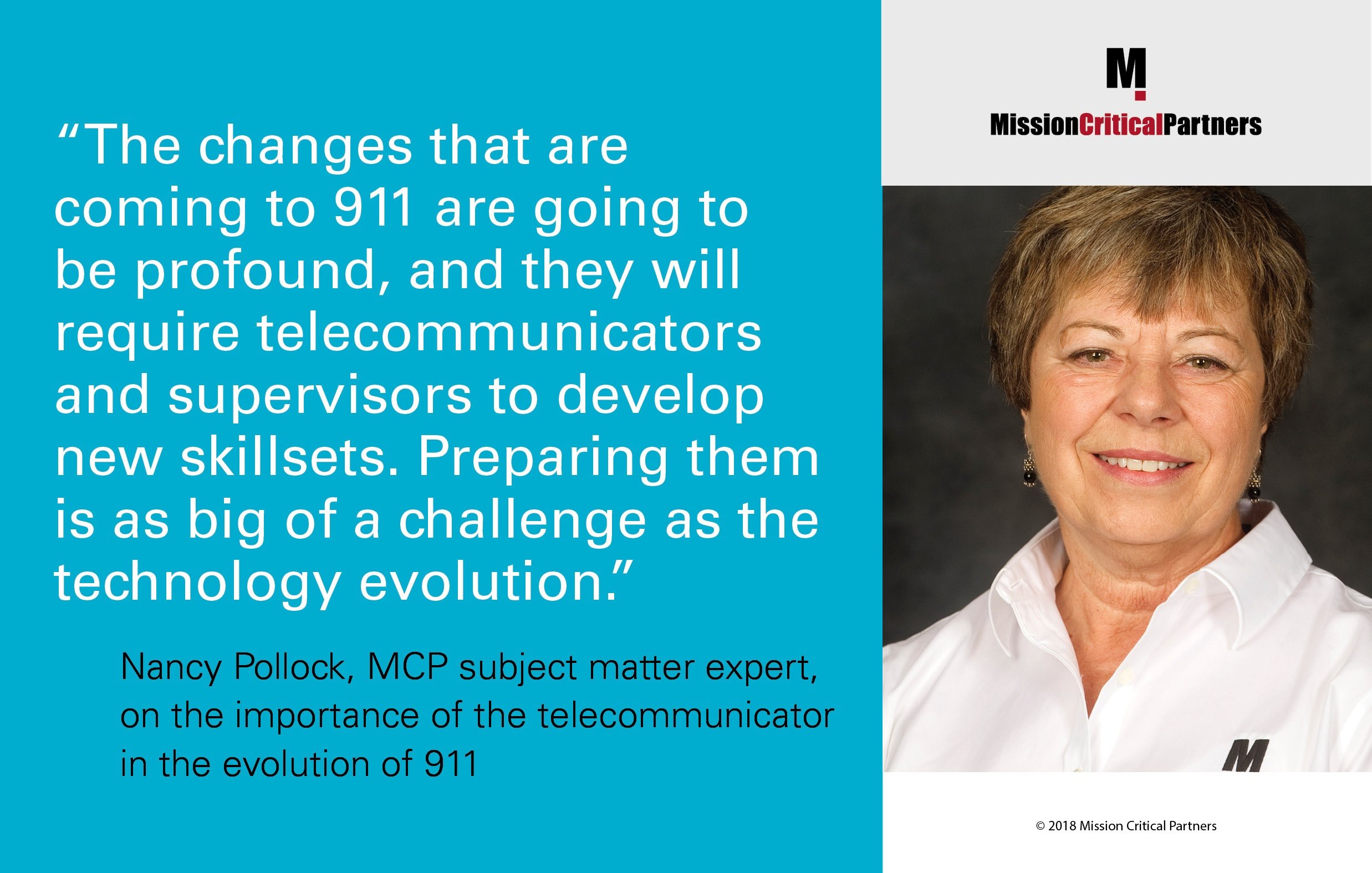This blog post is the first in a two-part series with two MCP experts, John Cunnington and Nancy Pollock, who together have more than of 80 years of experience in public safety communications. This blog post is part of our Let's Evolve 911 campaign that commemorates the 50th anniversary of the first 911 call, which took place 50 years ago this year.
A national property insurance firm coined the slogan, “We know a thing or two because we’ve seen a thing or two.” Given the collective experience of MCP’s experts, it is a slogan we too would be justified in using.
In this year when the 50th anniversary of 911 service in the United States is being celebrated, two of those experts, John Cunnington and Nancy Pollock, shared their memories about the things they’ve seen over their well-established 911 careers, with a focus on the evolution of 911 service to date.
MCP Insights: What was 911 service like when you started your career?
John: I started in the mid-1970s, in a very rural part of central Pennsylvania, and for the first six to eight years we didn’t have routine access to 911 service. With only small towns or cities with 911, depending on the type of emergency, citizens would call 10-digit numbers for each discipline: police, fire, EMS and so on. Consolidated communications centers was our key focus. It was a lot to coordinate, and getting calls to the right place was cumbersome, time-consuming and fraught with error. And even though we could see the benefits of consolidating all calls in a single emergency number and platform, many service chiefs and local elected officials resisted the change, citing local control and knowledge. The key to our early success was having a “champion” in each county for consolidation. In my early experience, I was supported by courageous police chiefs, EMTs and firefighters to keep consolidation in the forefront. They were the early adopters in those years.

.jpg)

.jpg)








